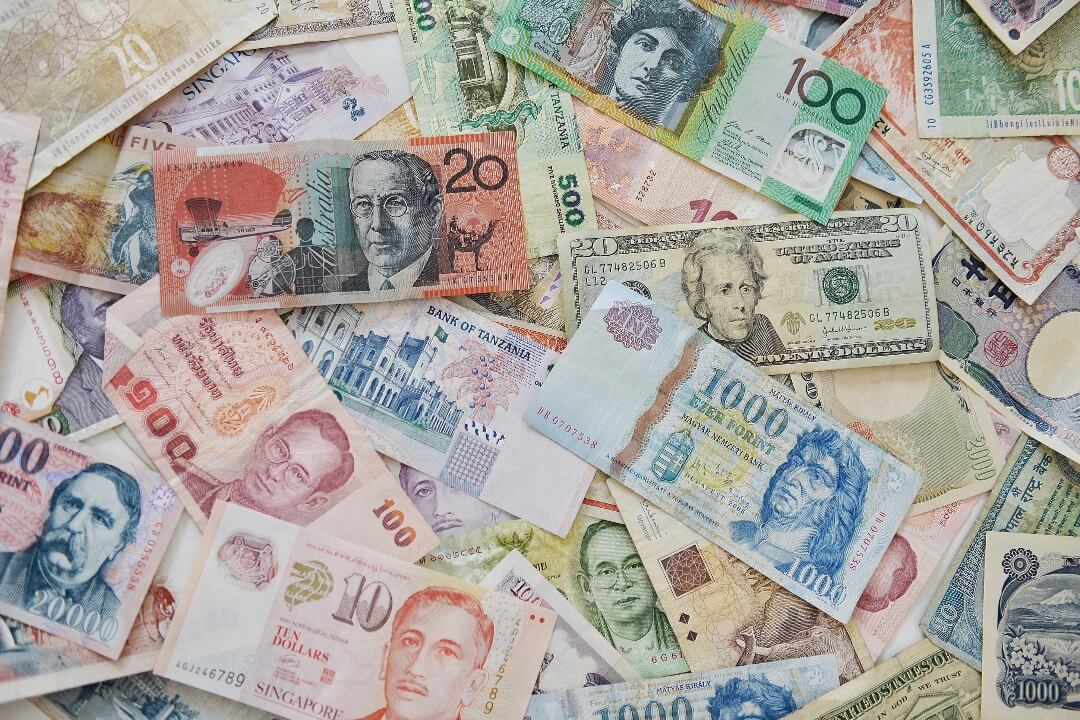What You Need to Know about Currency Pairs
Currency pairs are the foundation of forex trading. Whenever two currencies are traded against one another, they form a currency pair. EUR/USD, USD/JPY, and GBP/USD are the most common currency pairs, but there are many more.
Currency pairs are traded on the movement of one currency against another. If you believe the Euro will rise against the US Dollar, you would buy EUR/USD and vice versa.
Currency pairs are quoted in terms of “bid” and “ask” prices. You can sell the base currency at a bid price, while you can buy it at an ask price. The spread is the difference between these two prices and represents the brokerage’s commission.
Currency pairs of different types
Currency pairs can be categorized into three types: major pairs, minor pairs, and exotic pairs. When trading forex, it is important to understand the difference between major, minor and exotic currency pairs. As we proceed through this blog post, we will take a look at the key characteristics of each type of currency pair and explore some of the most popular examples.
- Major currency pairs: Major currency pairs are those that involve two of the world’s most traded currencies, including the US dollar (USD), Japanese yen (JPY), Euro (EUR), British pound (GBP), Swiss franc (CHF) and Australian dollar (AUD). These pairs typically have high liquidity and low spreads. They are also less volatile than other types of currency pairs.
- Minor Currency pairs: Minor currency pairs are those that involve less traded currencies, such as the Canadian dollar (CAD), New Zealand dollar (NZD), and Mexican peso (MXN). These pairs typically have lower liquidity than major currency pairs and may therefore have wider spreads. They may also be more volatile than major currency pairs.
- Exotic Currency Pairs: An exotic currency pair involves a major currency and a less traded or emerging currency. These currency pairs can be more volatile and illiquid than major or minor currency pairs and often have wider spreads. Some examplesof exoticcurrency pairs are: EUR/TRY, GBP/ZAR, USD/SEK, USD/HKD, USD/SGD, AUD/NZD
Currency Correlations
Because currency pairs can be affected by similar underlying factors, such as interest rates or economic data releases, it’s important to know how they move in relation to one another. For example, USD/JPY and GBP/USD tend to move in similar directions because both pairs contain the US dollar. This is known as a positive correlation. A negative correlation exists when two currency pairs move in opposite directions from one another, such as EUR/USD and USD/CHF. Finally, two currency pairs cannot correlate with one another if they are not affected by the same underlying factors.
Conclusion
Now that you know the basics of currency pairs, you’re ready to start trading forex! You will be able to diversify your portfolio and take advantage of market opportunities if you understand how different currency pairs move relative to one another. Remember to stay up-to-date on economic data releases and interest rate changes so that you can anticipate how these will affect the currency markets.

